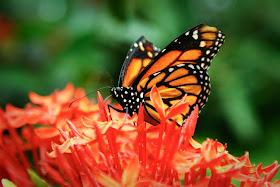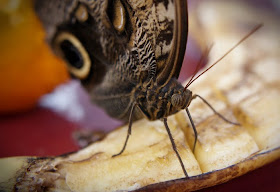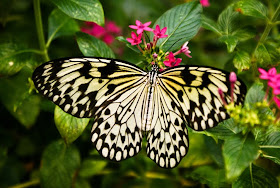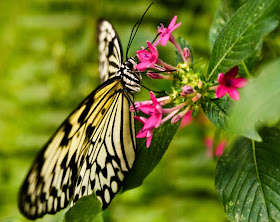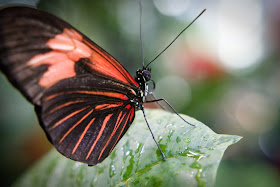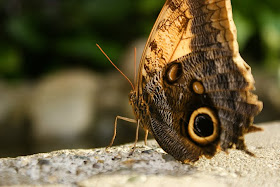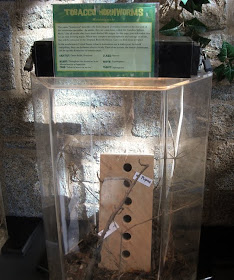
Answer: Yes! Please – ask another!
Animal Caretakers get asked a lot of questions – a lot of good questions! Here are some of our most popular.
FAQ #2: Are those snakes poisonous?

Answer: No, our snakes are not venomous. All of our snakes are constrictors, which means they squeeze their prey to death before they eat them. Our snakes don’t have to squeeze their food to death because we give them previously frozen rats. Dead prey is safer for the snakes because it can’t fight back and potentially injure them. Still, our constrictors squeeze their prey instinctively.
FAQ #3: Do you feed the naked mole-rats to the snakes?

Answer: No. The naked mole-rats are kept completely separate from the boa constrictors. Even though naked mole-rats sometimes die naturally, and the snakes would probably find them pretty tasty, we feel that we would be crossing a morbid line to offer our naked mole-rats up as food.
FAQ #4: Don’t sea anemones sting?

Answer: Not our Puget Sound sea anemones. You may feel a mild stickiness when you touch the anemone’s tentacles but that’s all. If you were a tiny sea creature, that stickiness would feel like a sting.
FAQ #5: Do naked mole-rats eat their babies? I think I saw one eating a baby!

Answer: Perhaps what you saw was a mole-rat eating a carrot? Unlike pet hamsters and other rodents in captivity, mole-rats rarely resort to cannibalism. In fact, when a mole-rat dies, it is more likely that the colony members bury them in the bedding.
FAQ #6: Are those the cockroaches they eat on “Fear Factor?”

Answer: Yes [sigh]. Madagascar Hissing Cockroaches are said to be delicious and high in protein. Some cultures consider them a delicacy. But we would never eat just any insect without thorough knowledge of its safety. Some insects are toxic and they all carry germs!
FAQ#7: How do the naked mole-rats know that the potty chamber is their bathroom? They can’t read the sign!

Answer: What do you think? Do you have a cat? Does she go in a litter box? Have you noticed dogs like to go where other dogs have gone? It’s because of the smell, right? And if you look closely, you’ll notice our naked mole rat potty chambers are isolated with only one entrance. This keeps the smelly room away from their living areas. Mole-rats have an excellent sense of smell!
FAQ #8: Will the hermit crab bite me?

Answer: Well, it won’t bite you … but it may pinch you, and then just enough to hold on. It’s more likely that when you pick up a hermit crab, the little critter will scurry back into his shell. It’s afraid of you!
FAQ #9: Where is the naked mole-rats’ water bottle? My hamster has a water bottle in his cage.

Answer: They don’t need a water bottle or dish. Naked mole-rats live underground in dry desert conditions. They have adapted to get all their moisture from their food. Because they live in cramped tunnels, the humidity is very high. Their need for moisture is not the same as your hamster.
FAQ # 10: What are these things? Axo …??

Answer: Axolotls, “ak-suh-lot-l.” Although they look like big tadpoles, axolotls are actually amphibians that never go through metamorphosis. You probably won’t find them in the wild – they come from areas of Mexico that are heavily populated and they are nearly extinct in nature. Axolotls are studied for their ability to regenerate their limbs.
Any other questions?

